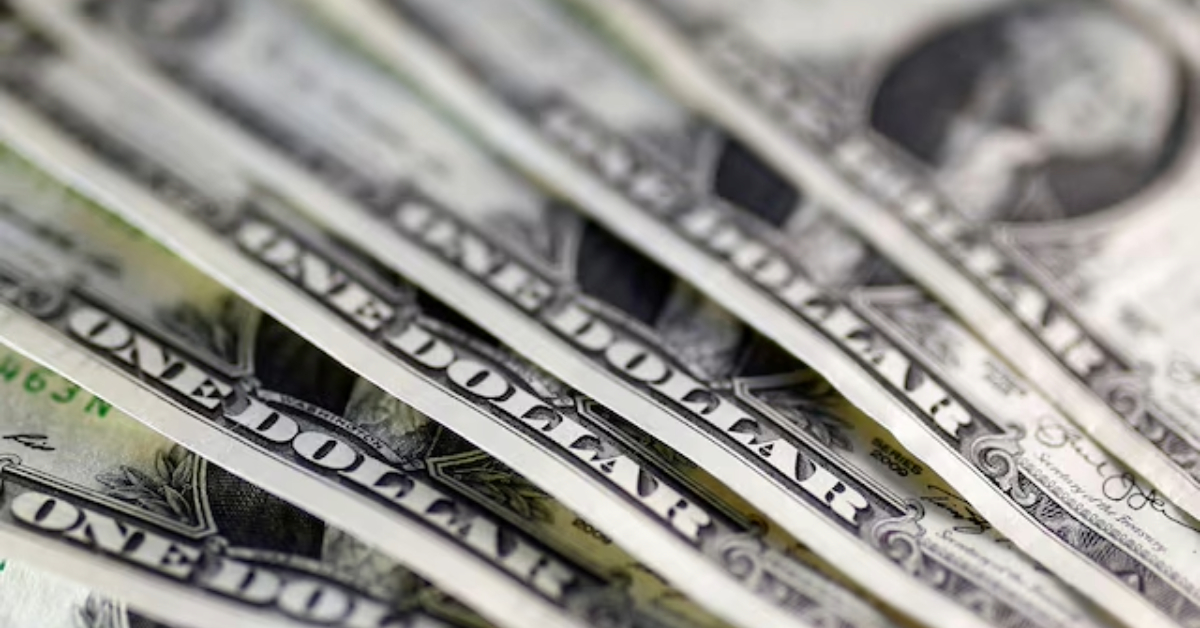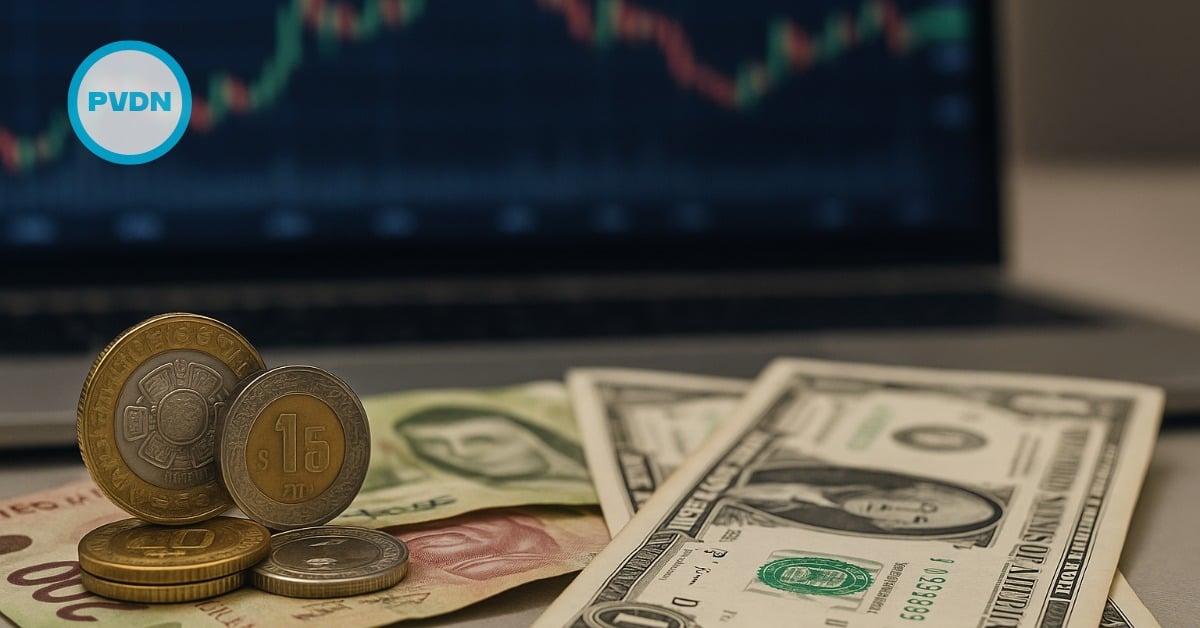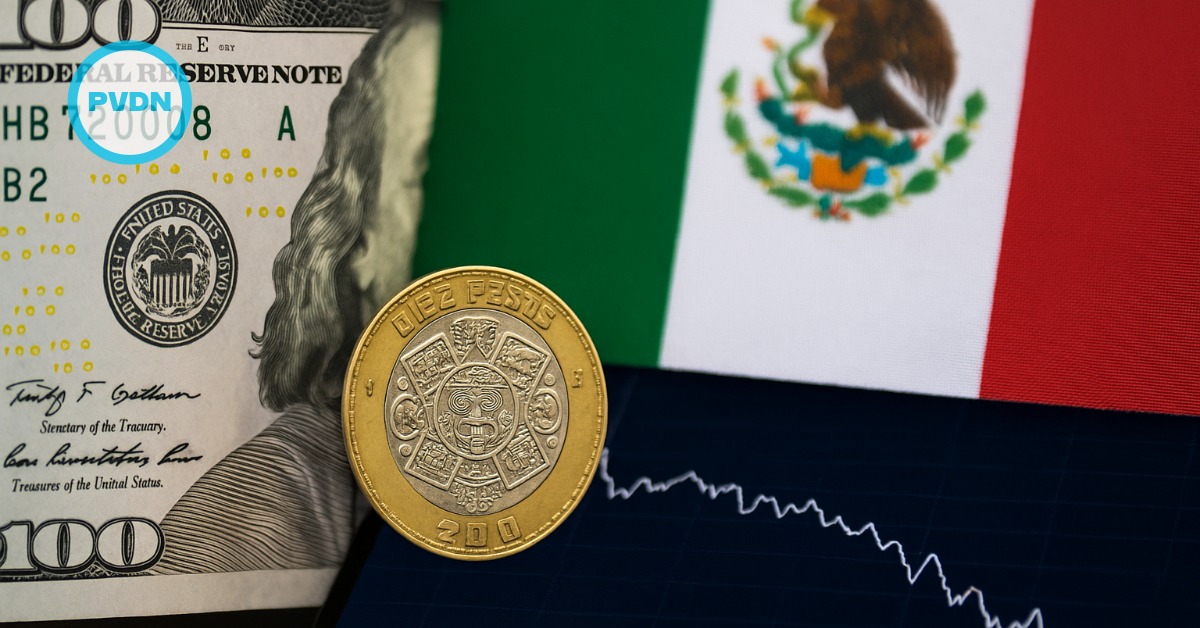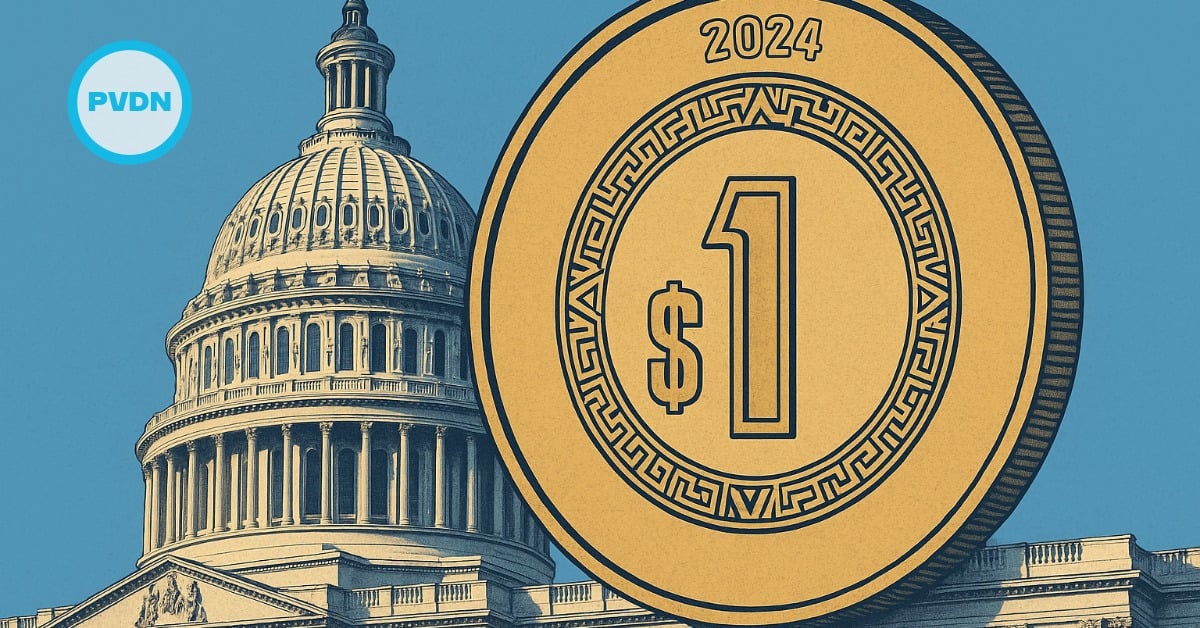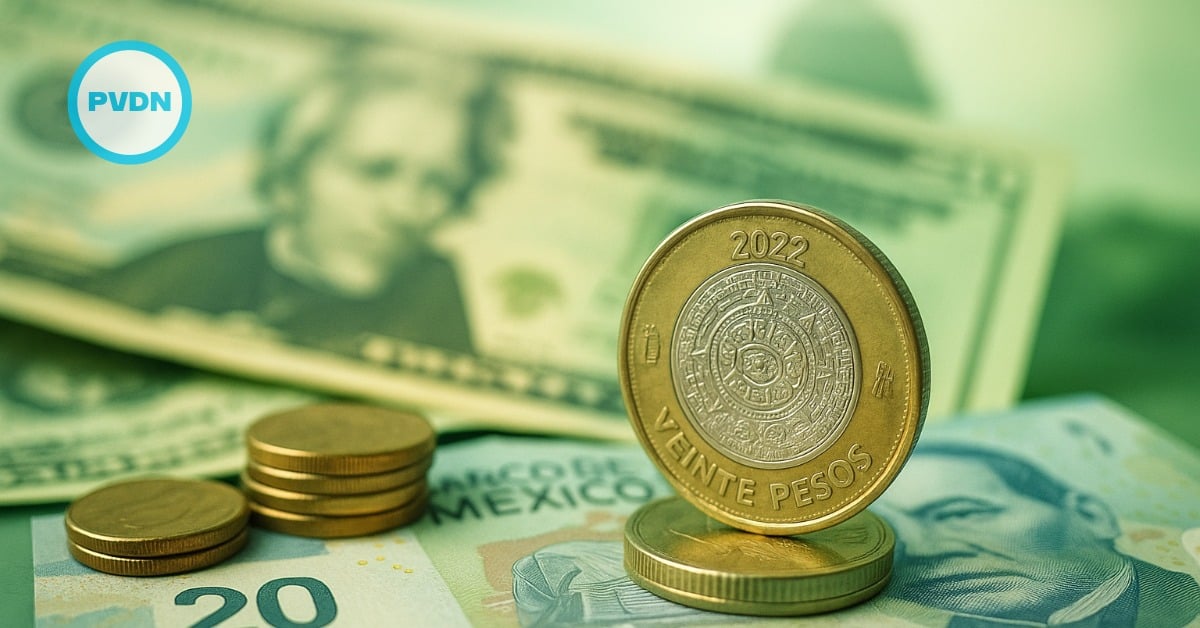Puerto Vallarta, Mexico - The Mexican peso experienced a decline against the US dollar on Monday morning as the local currency enters the week in negative territory. This movement is attributed to a strengthening of the greenback, fueled by anticipation of key economic indicators from the United States. The peso began trading at 19.3616 units per dollar, a noticeable decrease from Friday's official closing rate of 19.2870 units, according to the Bank of Mexico (Banxico). This decline reflects a loss of 7.46 cents or 0.39 percent.
